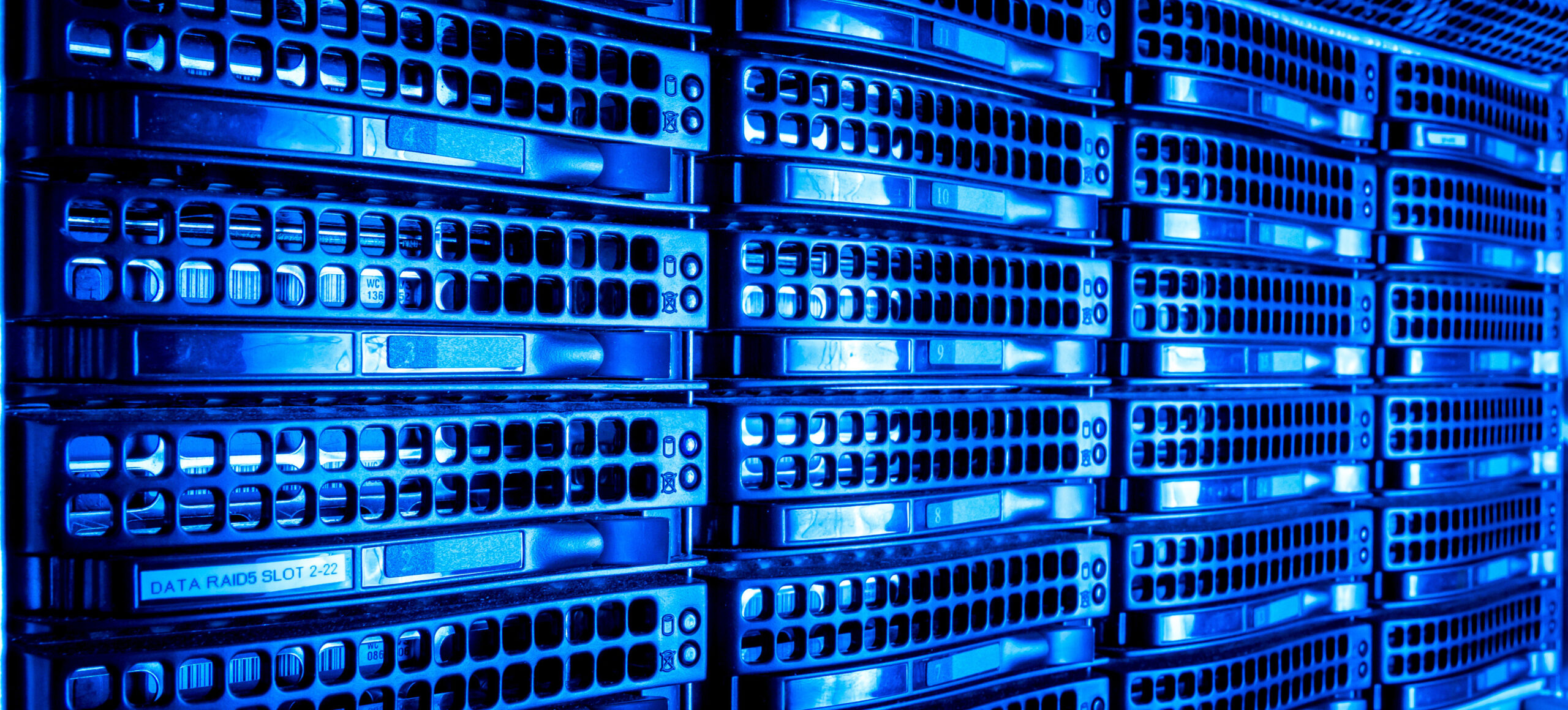Climate change is one of the major eco-societal concerns of the 21st centurye century. In its quest for sustainability, Microsoft is turning to a new solution for the construction of its data centers.
If there are many entities that we readily put – rightly – in the dock regarding greenhouse gas emissions, it is GAFAM. Faced with these accusations, they are struggling to demonstrate that they are not the big bad guys in this story and their initiatives are multiplying. After testing the use of hydrogen to power its data centers, Microsoft does not want to stop there. His new approach? Revolutionize the design of the concrete it uses to build its data centers.
Why is concrete a central concern?
Concrete is a blend of minerals widely used since the 20th century, all over the world. If the first traces of a similar material date back to ancient Rome (pozzolan, a mixture of water, sand, lime and volcanic rock), it has become the cornerstone of modern construction. The secret of his recipe? Cement, a durable, economical and adaptable hydraulic binder. Its problem: it is one of the main responsible for CO emissions2 on the planet, with 8% of global emissions.
It is the most consumed material in the world after water. This is why many start-ups are working to imagine a more ecological formulation to continue manufacturing it while reducing its carbon footprint. Microsoft wants to be part of this dynamic and review the use of concrete in the construction of its data centers. Senior design director Sean James believes Microsoft can lead the way on design.
Microsoft’s concrete initiatives
It is in Quincy, Washington, that Microsoft is testing its concrete mixes of the future. The firm’s ambition is clear: to halve carbon emissions compared to traditional concrete. A pilot project recently served as a framework for the development of several assemblies to be used in the manufacture of slabs. Their potential use is carefully studied for the future construction of the company’s data centers.
One of the formulations being studied in Quincy is based on the incorporation of ash spread into the atmosphere by coal companies, as well as other industrial waste. One of the other approaches being considered is the very fashionable use of seaweed in the manufacturing process. Used to capture CO2 ambient and produce limestone, they would thus become a key element in the production of these new forms of concrete. An innovation carried out in partnership with the start-up Minus Materials.
The gargantuan energy consumption of the company’s data centers could thus be slightly offset by this initiative. Microsoft aims to completely neutralize its carbon emissions by 2030; every little innovation counts. However, there is still a very long way to go before reaching this objective.
Source : The Verge

5